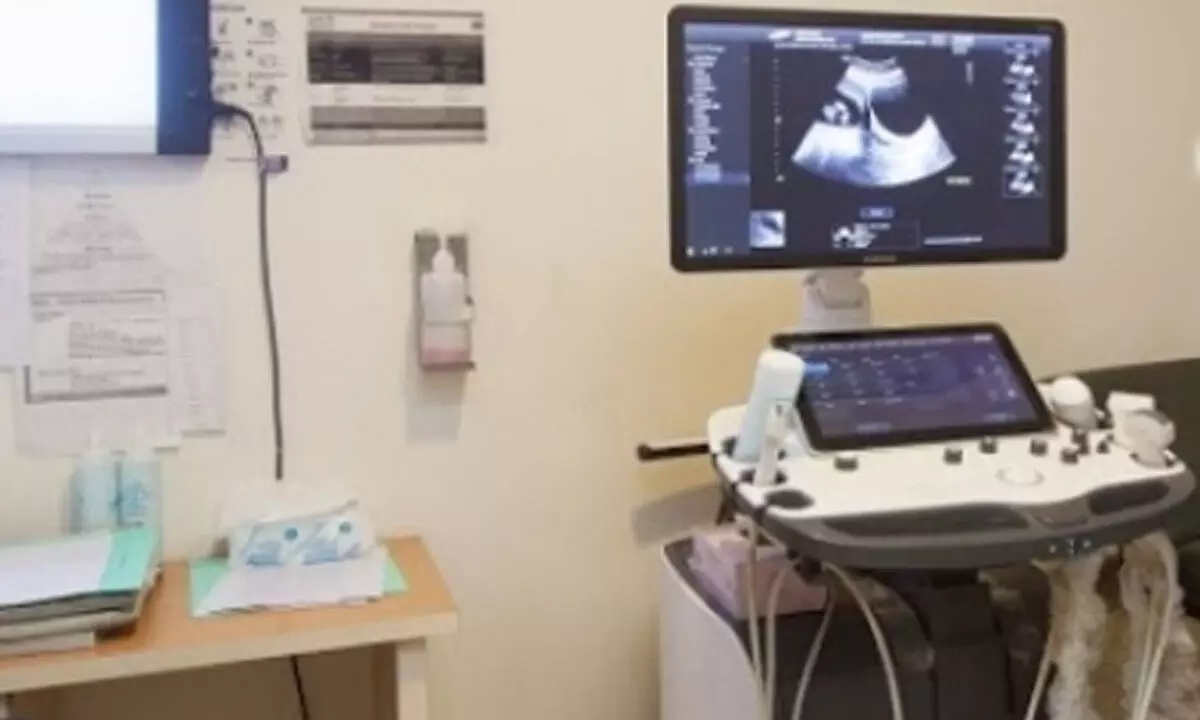Live
- Perfect Monsoon Binge-Watch List: Top Shows and Movies You Can’t Miss This July 2025
- India, UAE strengthen naval ties amid growing strategic convergence in Indian Ocean
- PM Modi shares 'productive interactions' with world leaders during BRICS Summit
- Nifty eyes record highs as late rally sparks optimism; All eyes on US trade deal
- South Korea: Heavy rain floods parts of Seoul after record heat
- MP: SHGs in Neemuch district set an inspiring example of women's empowerment
- Video of Kerala BJP leaders with Jyoti Malhotra surfaces amid espionage row
- Rwanda reaffirms commitment to promoting Kiswahili language
- Election Commission confident of completing Bihar SIR form collection before deadline
- HCLSoftware Launches Sovereign AI Aimed at Governments and Regulated Organisations Concerned with Their Data Privacy








